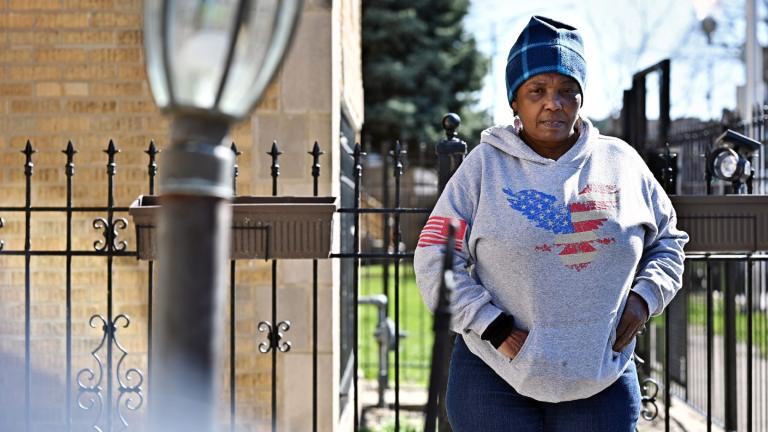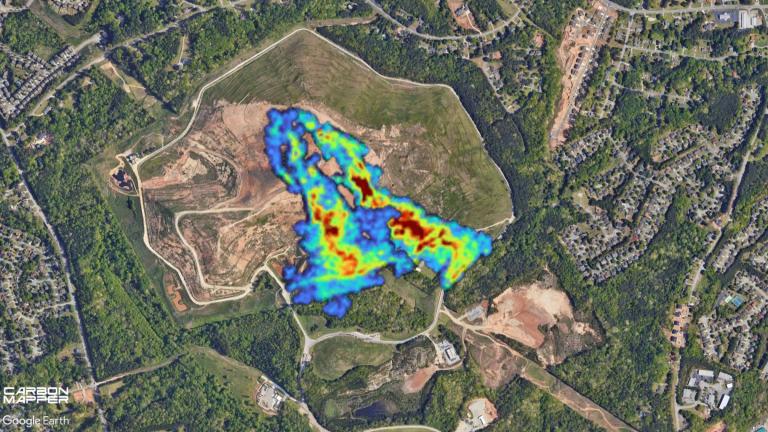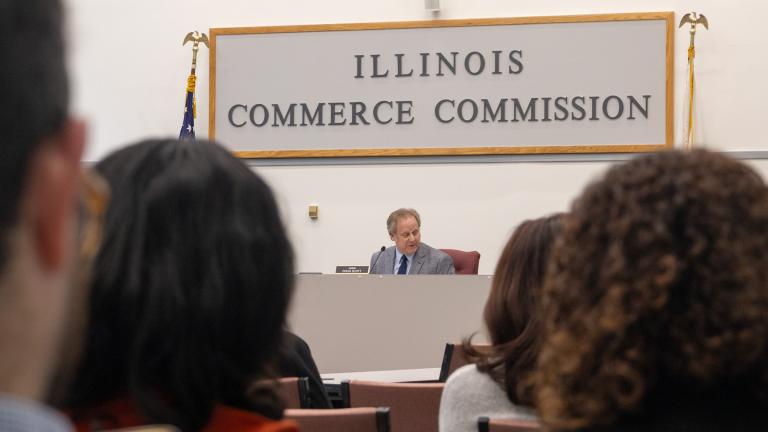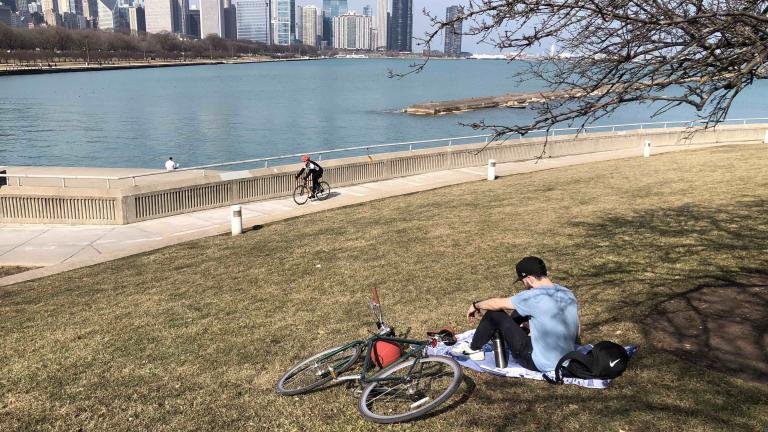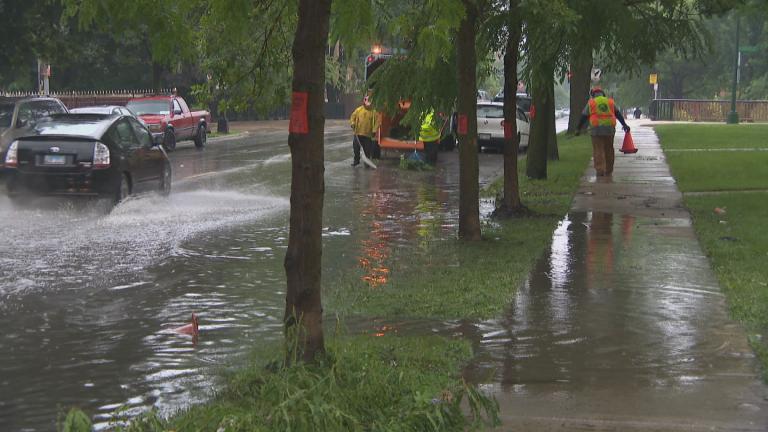 (dlz design / Flickr)
(dlz design / Flickr)
From a behavioral scientist’s point of view, the problem with climate change is that it feels too remote, too theoretical and too insurmountable to spur people to action.
But individuals can actually make a difference by taking a few simple steps.
Speaking at a recent climate change forum in Chicago, Kevin Green, vice president of Rare and head of the organization’s Center for Behavior and the Environment, shared four things people can do to help save the planet.
We rate their degree of difficulty for the average Chicagoan.
One: Eat less meat.
 (Sous Chef / Flickr)
(Sous Chef / Flickr)
What’s in it for the planet? According to numerous studies, the livestock industry is troublesome, from an environmental standpoint, on numerous fronts. For starters, it’s resource intensive, accounting for nearly three-fourths of agricultural land use, while producing less than 20% of the world’s collective calories. The livestock sector also contributes to water shortages, deforestation (for grazing pasture) and greenhouse gas emissions, with beef production by far the biggest culprit.
Degree of difficulty: Easy, assuming you have access to fruits and vegetables, or can simply eat less beef. “You don’t need to become vegan, just eat relatively more plants,” said Green.
Two: Obtain energy through renewable sources.
 (Jonathan Cutrer / Flickr)
(Jonathan Cutrer / Flickr)
What’s in it for the planet? Burning fossil fuels like coal, gas or petroleum to produce energy creates greenhouse gas emissions and other air pollutants. Electricity production generates the second-largest share of greenhouse gas emissions in the U.S., according to the Environmental Protection Agency, which recommends renewable sources like wind and solar power as eco-friendly alternatives.
Degree of difficulty: It’s complicated. While Chicagoans do have access to renewable energy providers, ComEd continues to dominate the marketplace, in part because consumers have been confused by available options and scams have proliferated. The Illinois state legislature is currently sitting on a Clean Energy Jobs bill that would close coal and natural gas plants by 2030.
Three: Buy an electric vehicle. Or even one that gets great gas mileage.
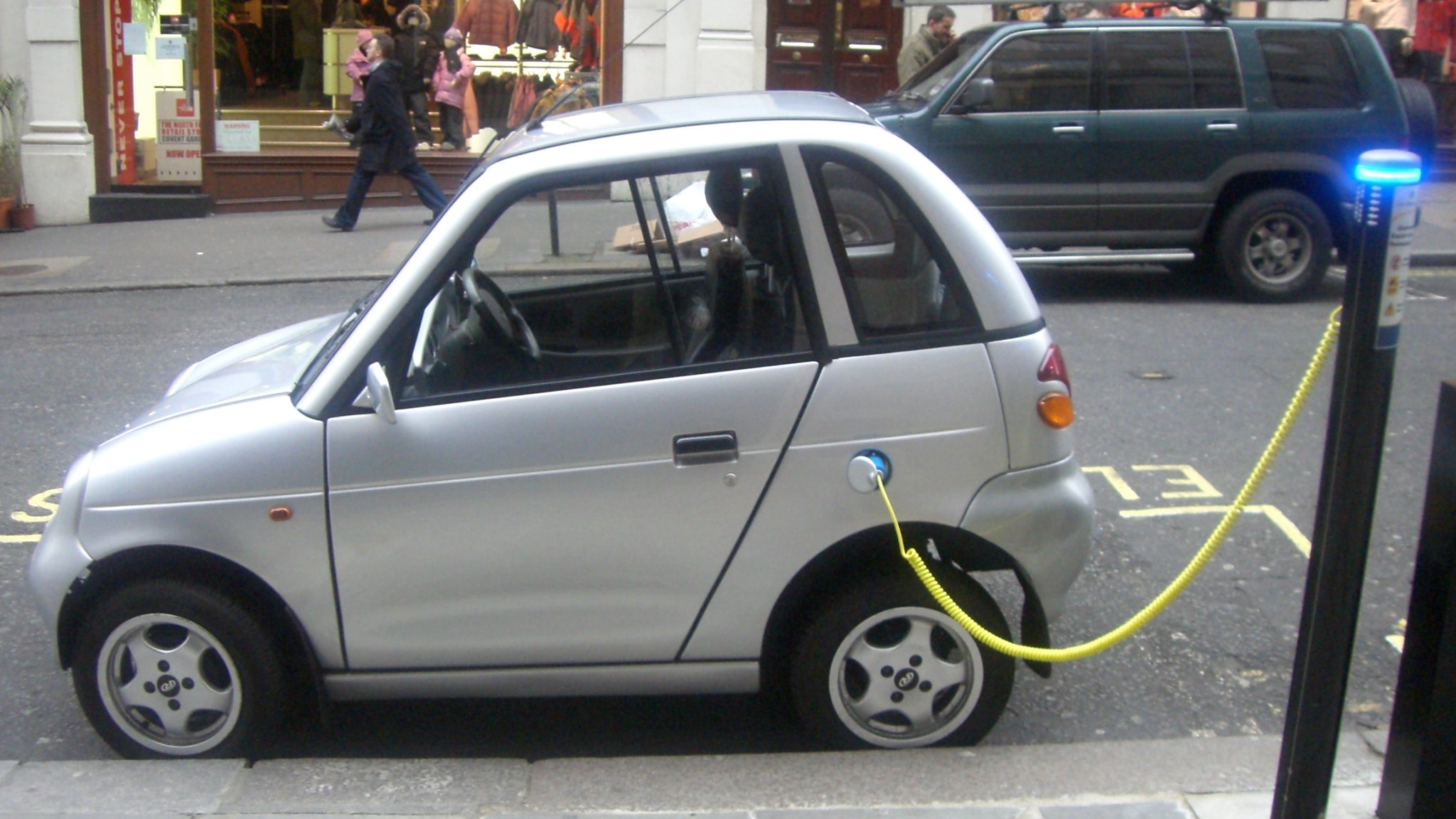 (Frank Hebbert / Flickr)
(Frank Hebbert / Flickr)
What’s in it for the planet? If energy is the second-biggest source of greenhouse gas emissions, guess what’s No. 1? Transportation. Nearly all of the fuel for our cars, trucks, ships, trains and planes is petroleum-based.
Degree of difficulty: Let’s assume you could pry Americans’ hands from the wheels of their SUVs. Does Chicago have the infrastructure to support the switch to electric vehicles (which ideally would be powered by solar or wind)? Not unless you’re a car owner with access to a garage. Charging stations in general are scattered and the super-fast kind (the ones that provide the greatest range in the shortest amount of time) are extremely rare. Ordinances calling for charging-ready infrastructure in new construction projects don’t address the needs of apartment and condo dwellers in existing buildings.
Four: Reduce food waste and compost whatever scraps you have left.
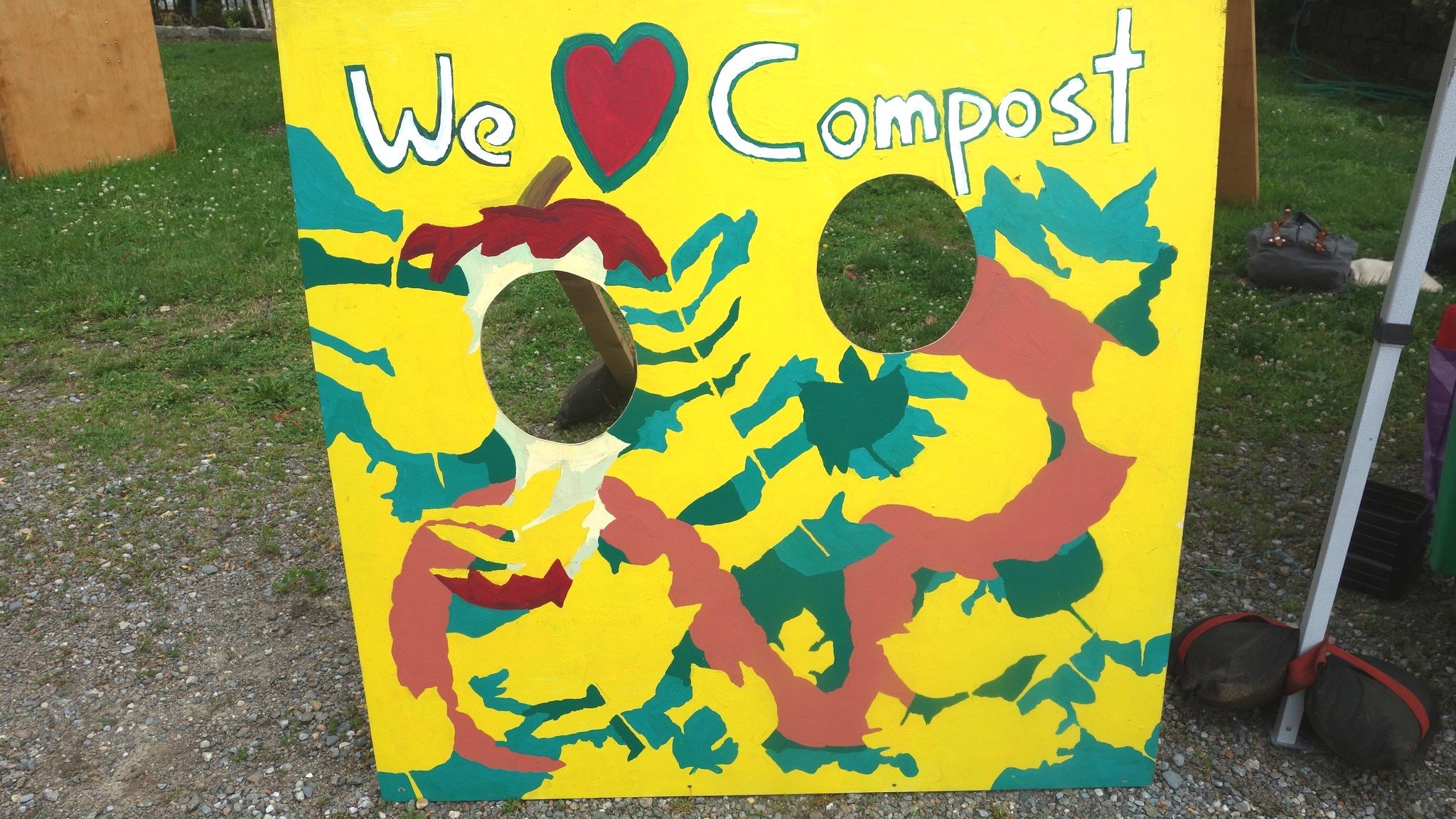 (Nick Normal / Flickr)
(Nick Normal / Flickr)
What’s in it for the planet? Twenty-five percent of food purchased in the U.S. is never eaten, and the vast majority of that waste winds up in landfills, where it emits more methane than coal mining. The EPA has lots of tips for cutting food waste, including meal planning, properly storing fruits and vegetables to avoid spoilage, and shopping your refrigerator first before making another trip to the store.
Degree of difficulty: Reducing food waste is doable, composting not so much. Chicago is nowhere near ready to roll out a municipal composting program, leaving residents on their own to either pay for the service or develop their own backyard program, assuming they have a backyard.
The good news, Green says, is that if even 5% to 10% of Americans take any of the above solutions to heart, “you actually get meaningful impact.”
“These incremental shifts can begin to add up,” he said, and can also spur a person to change even more behaviors.
“When you start to do those things, you begin to see yourself as part of the solution,” said Green, “and you can get a snowball effect.”
Contact Patty Wetli: @pattywetli | (773) 509-5623 | [email protected]

